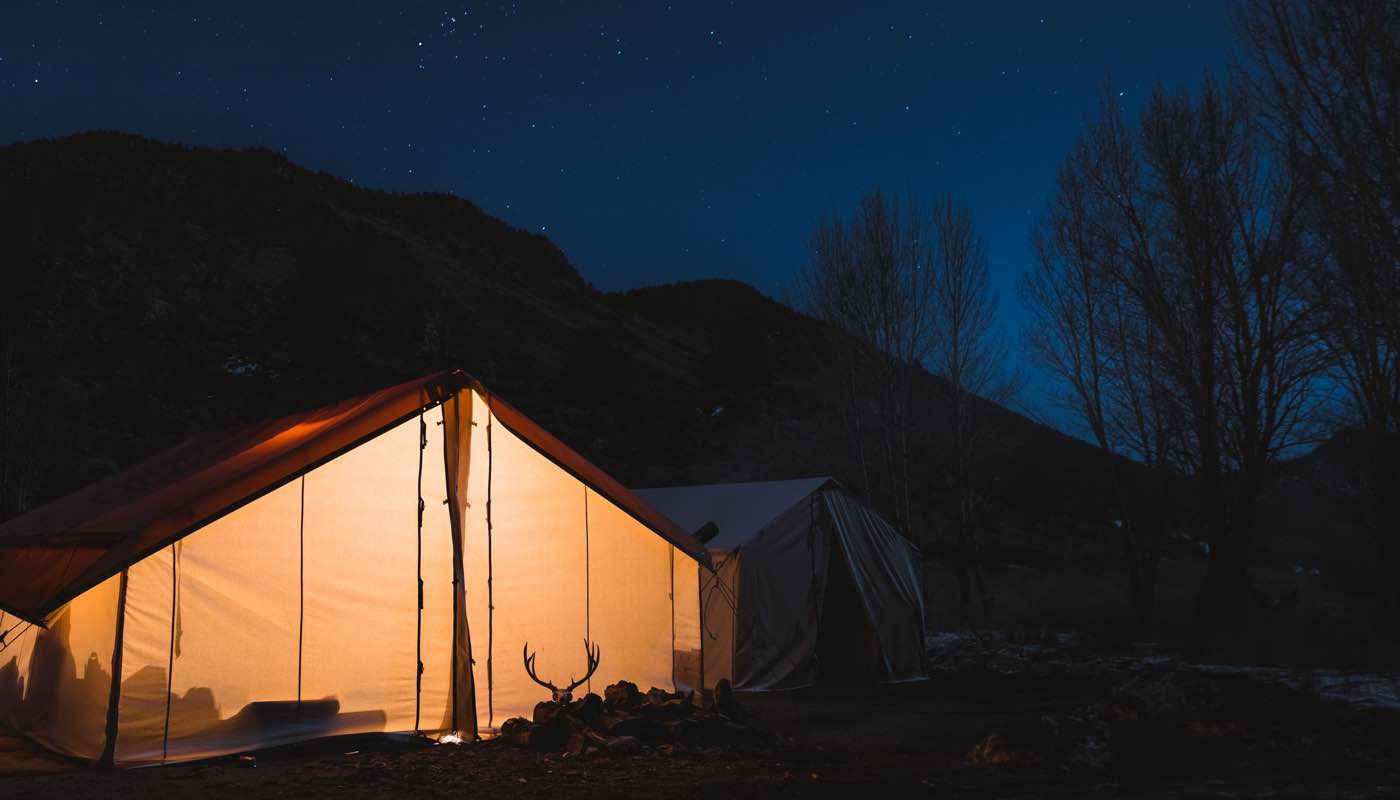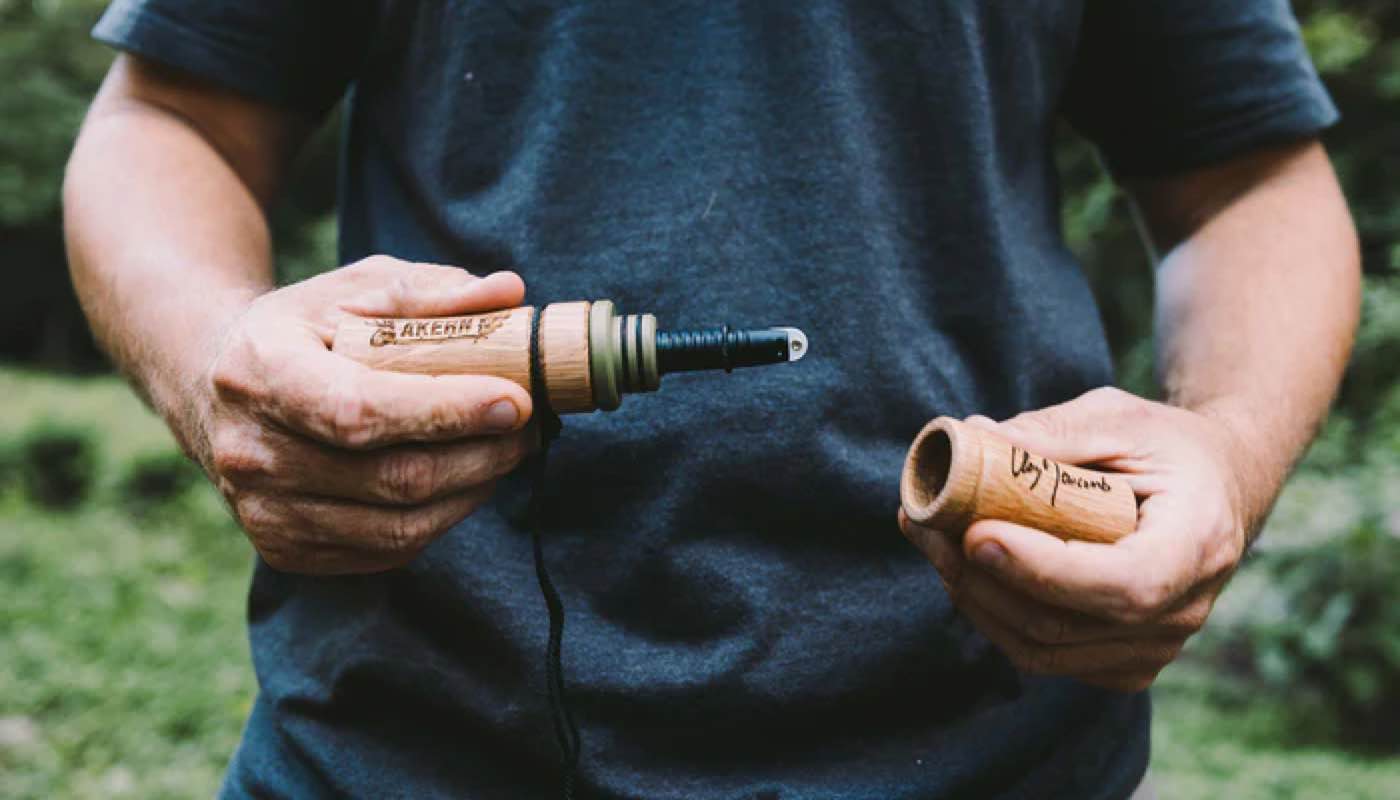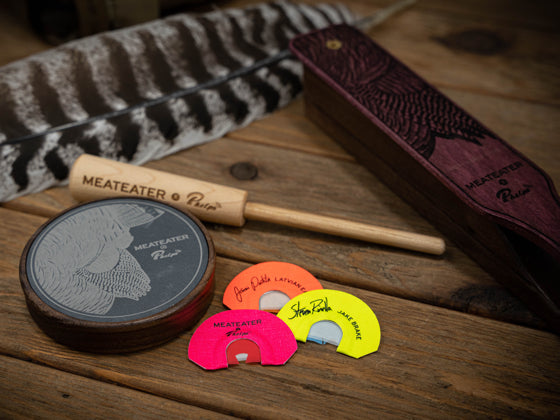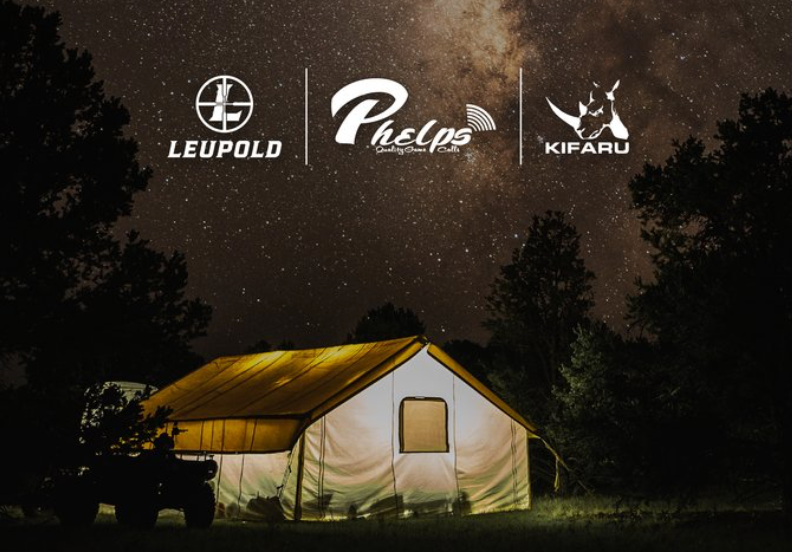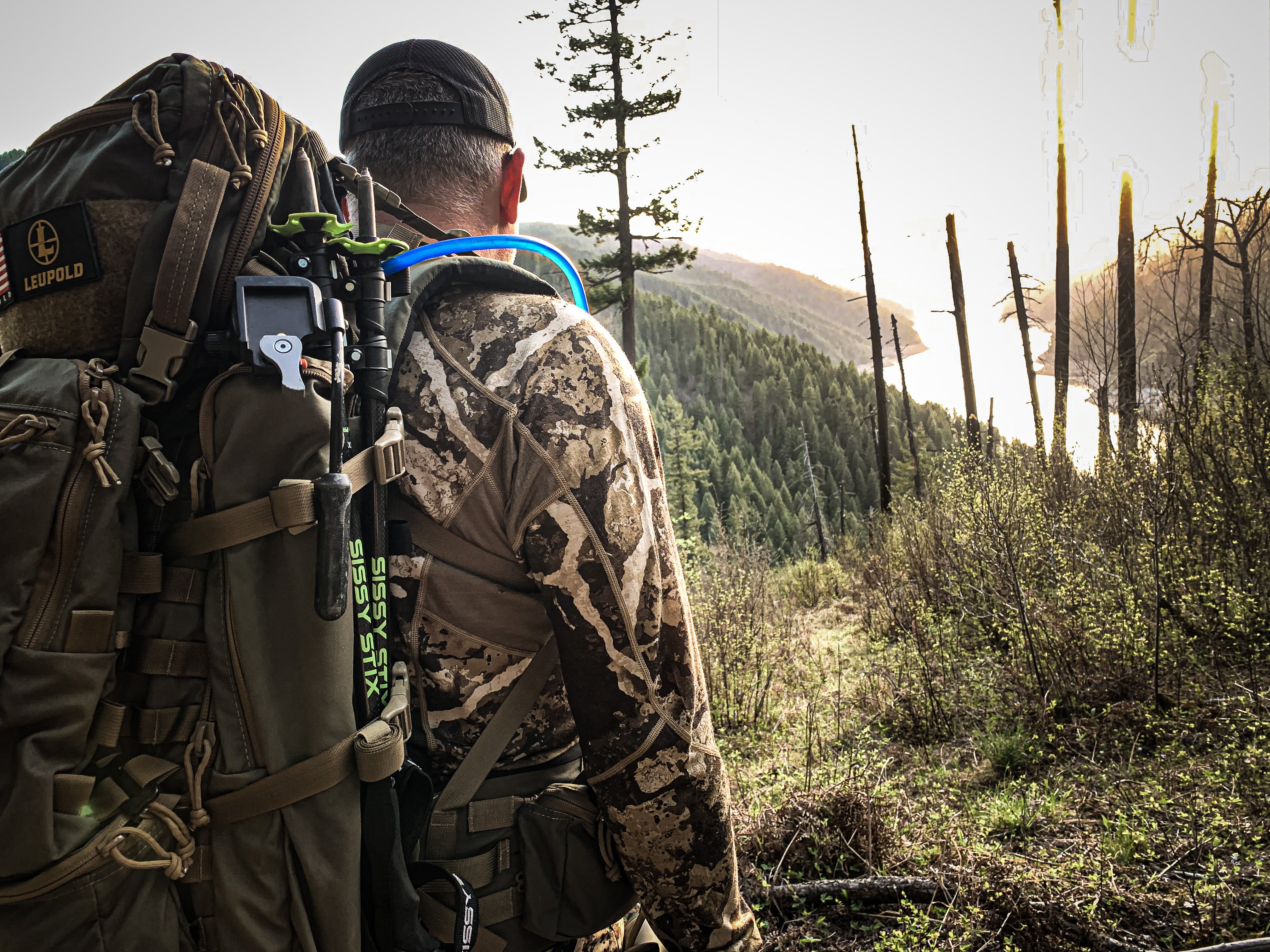Jimmy Gruenewald PA-C, FP-C, MPAS
The mountains are an unforgiving place. Tragedy can strike even the most experienced hunters. When it comes to hunting, we game plan all likely scenarios but how often do we plan for emergencies? Just like in hunting, preparation is the key to success. Being prepared encompasses not just shooting skill and physical fitness but also your equipment.
As consumers we often view medical kits as an insurance policy: I have it, therefore when I need it, it will be there to save the day. But how many of us have actually opened their first aid kits? Do we know what is in there or more importantly do we know how to use it?
Most commercial aid kits fall short in addressing major life-threatening injuries. Below is a list I use to address: 1.) What to carry 2.) Why I carry it and 3.) How to carry it.

Backcountry First Aid Kit:
Location: Easily accessible (i.e. not buried in your pack.). Think of this like Bear Spray, you wouldn’t want to be digging for it when you need it, same idea with a tourniquet.
Equipment Selection Criteria:
- Can I put this on one handed?
- Can I put this on under duress or in the dark?
- Is the equipment packable (ie not bulky)
- Is the equipment supported by data that proves it works?
- Can the equipment be multipurpose use?
- Tourniquet x2 (min x1)
This is the MOST IMPORTANT item (other than you weapon of course) that you carry in the backcountry. Torniquets are used to stop major bleeding, such as bright red bleeding or a large amount of breathing.
Many people shy away from tourniquet use because they are afraid it will cause permanent damage. Well, I am here to tell you that death can cause permeant damage as well. Tourniquets can be applied safely and be held in place for as long as 2 to 3 hours before nerve and muscle damage can occur. For reference, you can bleed out from a major injury in as little as 2 minutes.
Tourniquets should be readily accessible and be able to be applied single handedly. Your tourniquet should include a “windless”, which is a bar that is tightened down to help stop the bleeding. Many makeshift tourniquets to not allow for enough pressure to be applied to be successful. Belts and other wrapping devices are insufficient to stop arterial blood flow.
- Splinting Device
Musculoskeletal injuries (falls and sprains) are more likely to take you out of the backcountry than any other type of injury. You may be miles from the trail, how do you expect to be able to get out?
A splint is the MOST VERSITLE piece of gear to have in your med kit. It allows not only to help splint an injured extremity but also to re-enforce dressings, I’ve even used it as a carrying device. My personal favorite is the SAM Splint 36” flat splint https://www.orionmedical.org/whats-in-the-kit. It is a moldable aluminum splint that can be used for any application. I prefer the 36” variety due to being able to use it on the lower extremity as well.
- Compressed Gauze
Most first aid kits will come equipped with multiple 4”x 4” gauze which is woefully inadequate to control bleeding. Compressed gauze is an inexpensive item that pays HUGE dividends. I prefer compressed gauze vs rolled gauze as it is more packable. This gauze can be used to pack on top of or into a wound with direct pressure to stop the bleeding. It can also be cut and used as a Firestarter if needed. Note: Do NOT put dressings into the chest or abdomen cavity (it needs pressure to stop bleeding)
- Emergency Bandage / Elastic bandage
Pre-packaged emergency dressings allow to be placed over the wound for injuries that cause superficial bleeding as well as securing gauze in place. Most emergency dressings will have an absorptive pad to help absorb bleeding. The more pressure placed on the dressing will allow for greater bleeding control, just ensure it does not become too tight.
- Tape and safety pins
Two often overlooked items are tape and safety pins but from a cost to work ratio, these items prove to be invaluable. I recommend carrying 1 roll of mini duct tape (min 100 yards). Duct tape serves multiple purposes from securing items such as splints, equipment and you can also apply it to hot spot areas on your feet to prevent blister formation.
I always recommend carrying x4 large safety pins as well. They work great securing items of clothing which can be used as a sling device.
We as hunters owe it to ourselves and families to be prepared. Having a first aid kit is vital to your success in the backcountry and in your day-to-day life. If you are looking for a backcountry first aid kit, visit https://www.orionmedical.org/theoutdoorfirstaidkit

About the Author:
Jimmy Gruenewald is a former US Army Special Operations Physician Assistant with 6 combat deployments to multiple austere environments. He currently works in Emergency Medicine and practices at a Level 2 Trauma Center and several Critical Access Hospitals. He and his wife Aimee run Orion Medical Consulting, LLC which specializes in wilderness medicine education and preparedness.
